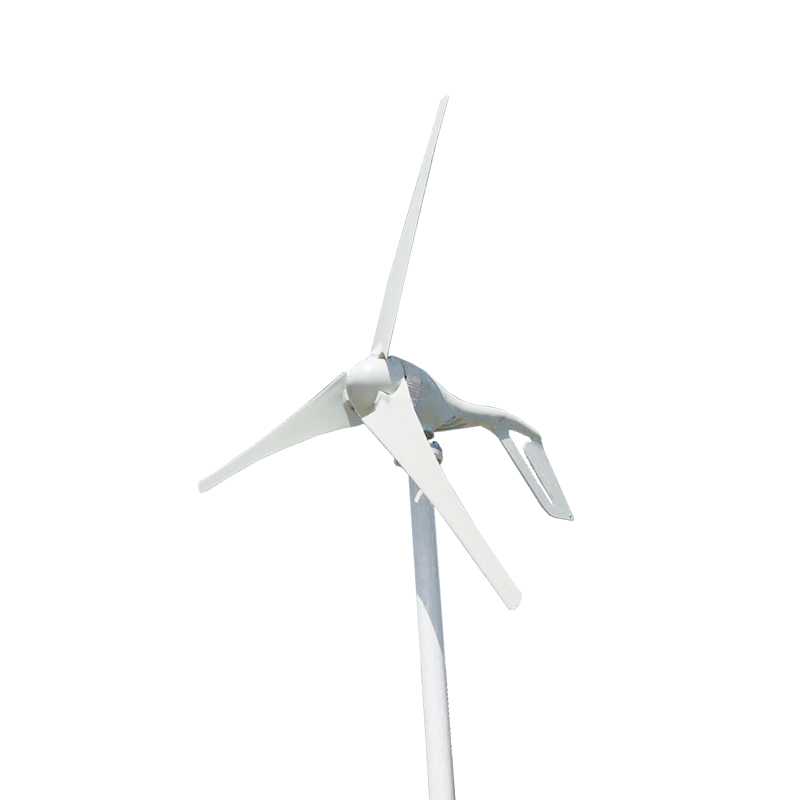Crude oil, gasoline, heating oil, diesel, propane, and other liquids including biofuels and natural gas liquids.
Exploration and reserves, storage, imports and exports, production, prices, sales. Turbine Alternator

Sales, revenue and prices, power plants, fuel use, stocks, generation, trade, demand & emissions.
Energy use in homes, commercial buildings, manufacturing, and transportation.
Reserves, production, prices, employment and productivity, distribution, stocks, imports and exports.
Includes hydropower, solar, wind, geothermal, biomass and ethanol.
Uranium fuel, nuclear reactors, generation, spent fuel.
Comprehensive data summaries, comparisons, analysis, and projections integrated across all energy sources.
Monthly and yearly energy forecasts, analysis of energy topics, financial analysis, congressional reports.
Financial market analysis and financial data for major energy companies.
Greenhouse gas data, voluntary reporting, electric power plant emissions.
Maps, tools, and resources related to energy disruptions and infrastructure.
State energy information, including overviews, rankings, data, and analyses.
Maps by energy source and topic, includes forecast maps.
International energy information, including overviews, rankings, data, and analyses.
Regional energy information including dashboards, maps, data, and analyses.
Tools to customize searches, view specific data sets, study detailed documentation, and access time-series data.
EIA's free and open data available as API, Excel add-in, bulk files, and widgets
Come test out some of the products still in development and let us know what you think!
Forms EIA uses to collect energy data including descriptions, links to survey instructions, and additional information.
Sign up for email subcriptions to receive messages about specific EIA products
Subscribe to feeds for updates on EIA products including Today in Energy and What's New.
Short, timely articles with graphics on energy, facts, issues, and trends.
Lesson plans, science fair experiments, field trips, teacher guide, and career corner.
Reports requested by congress or otherwise deemed important.
In April 2022, the Traverse Wind Energy Center in Oklahoma was completed and came online. At 999 megawatts (MW) of capacity, the Traverse facility is one of the largest wind farms in the United States and is the largest wind farm built in one phase in North America. Project developers expect that it will generate enough electricity to power around 300,000 homes each year.
The Traverse wind farm has 356 wind turbines. It is part of the 1,484 MW North Central Energy Facilities project, which also includes the nearby Sundance (199 MW) and Maverick (288 MW) wind farms. The Sundance wind farm came online in April 2021, and the Maverick wind farm came online in September 2021. The wind turbines at all three of these wind projects are designed to operate in cold weather (with heaters that keep the critical components of the turbine warm, among other features), so the turbines can operate at temperatures as low as -22°F.
As of September 2022, 11,714 MW of wind capacity was operating in Oklahoma, the third-most wind capacity of any U.S. state, following Texas (37,210 MW) and Iowa (12,195 MW). Wind turbines account for 38% of all of Oklahoma’s electric-generating capacity, compared with 12% for the United States as a whole.
Wind farms are generally built in areas with significant wind resources. The central United States, including Oklahoma, is home to some of the best wind conditions in the country. As a result, much of U.S. wind capacity is located in this region.
Power plant developers report planned capacity additions to EIA in our monthly and annual electric generator surveys. According to our latest Preliminary Monthly Electric Generator Survey, an additional 160 MW of wind capacity is slated to come online in Oklahoma this year, and another 503 MW is planned to come online in 2023. If all of the planned wind additions reported to us are completed, Oklahoma will surpass Iowa as the state with the second-most wind capacity next year.
Principal contributors: Elesia Fasching, Richard Bowers
Tags: generation, electricity, wind, states, Oklahoma, map

500w Wind Turbine Add us to your site